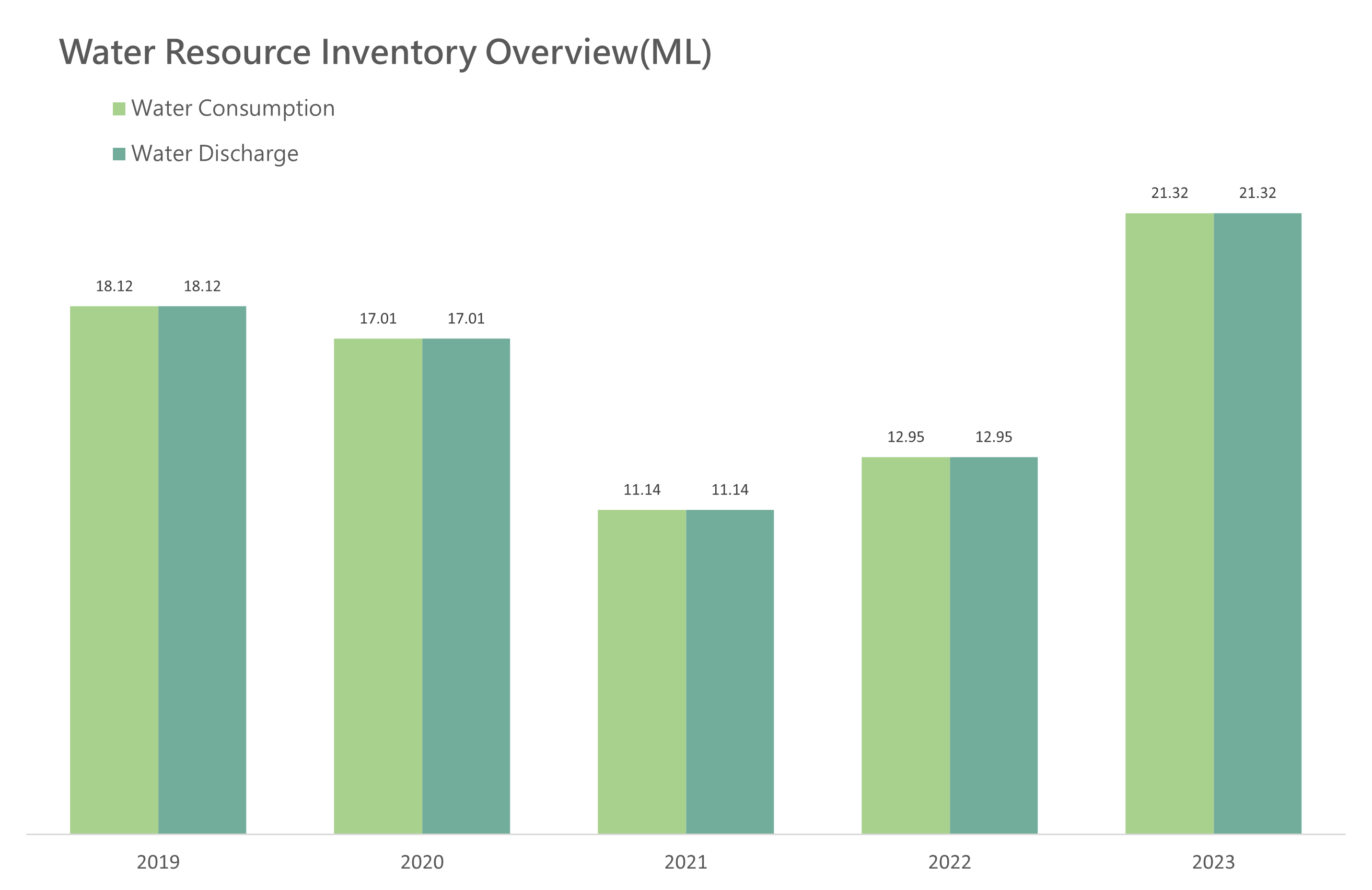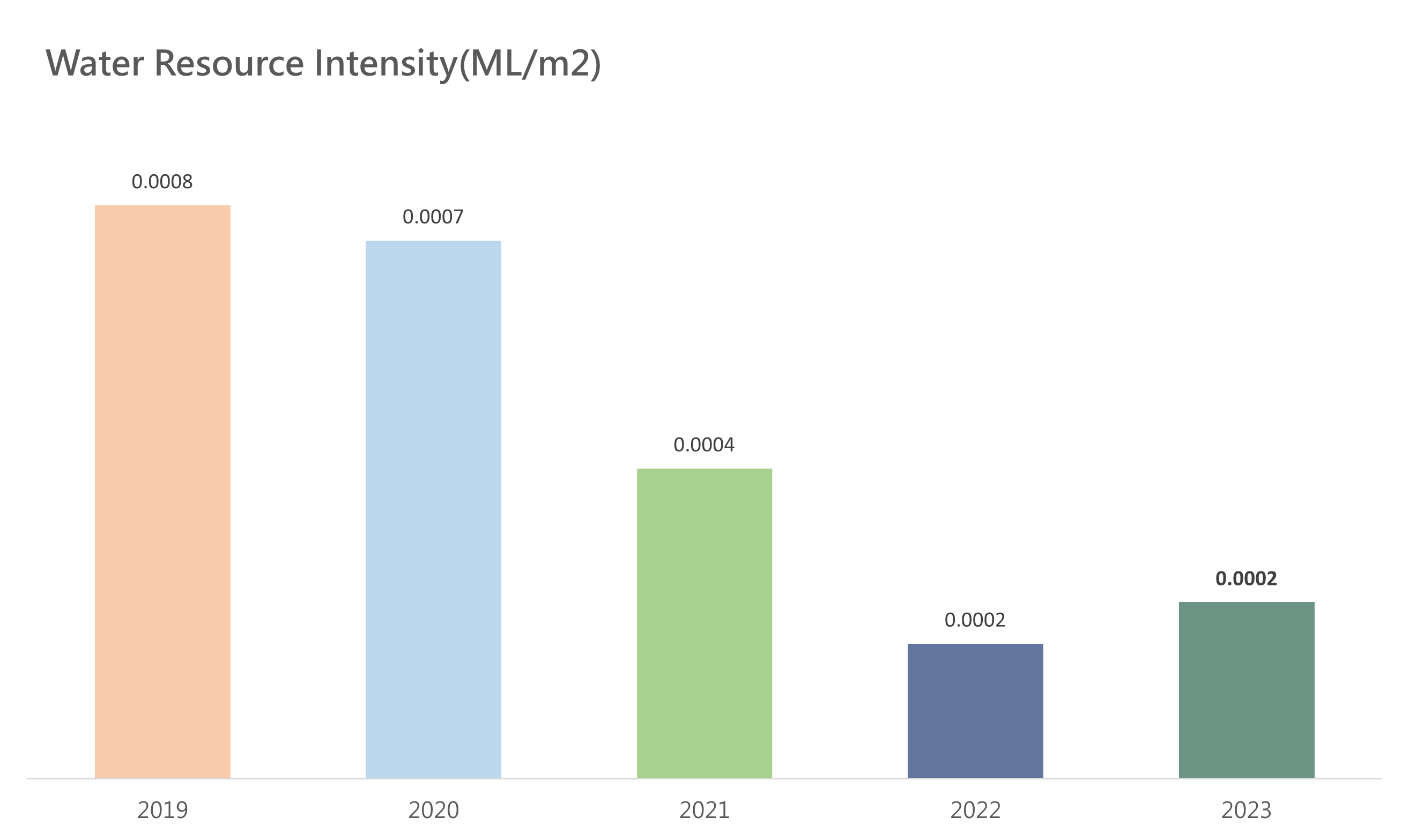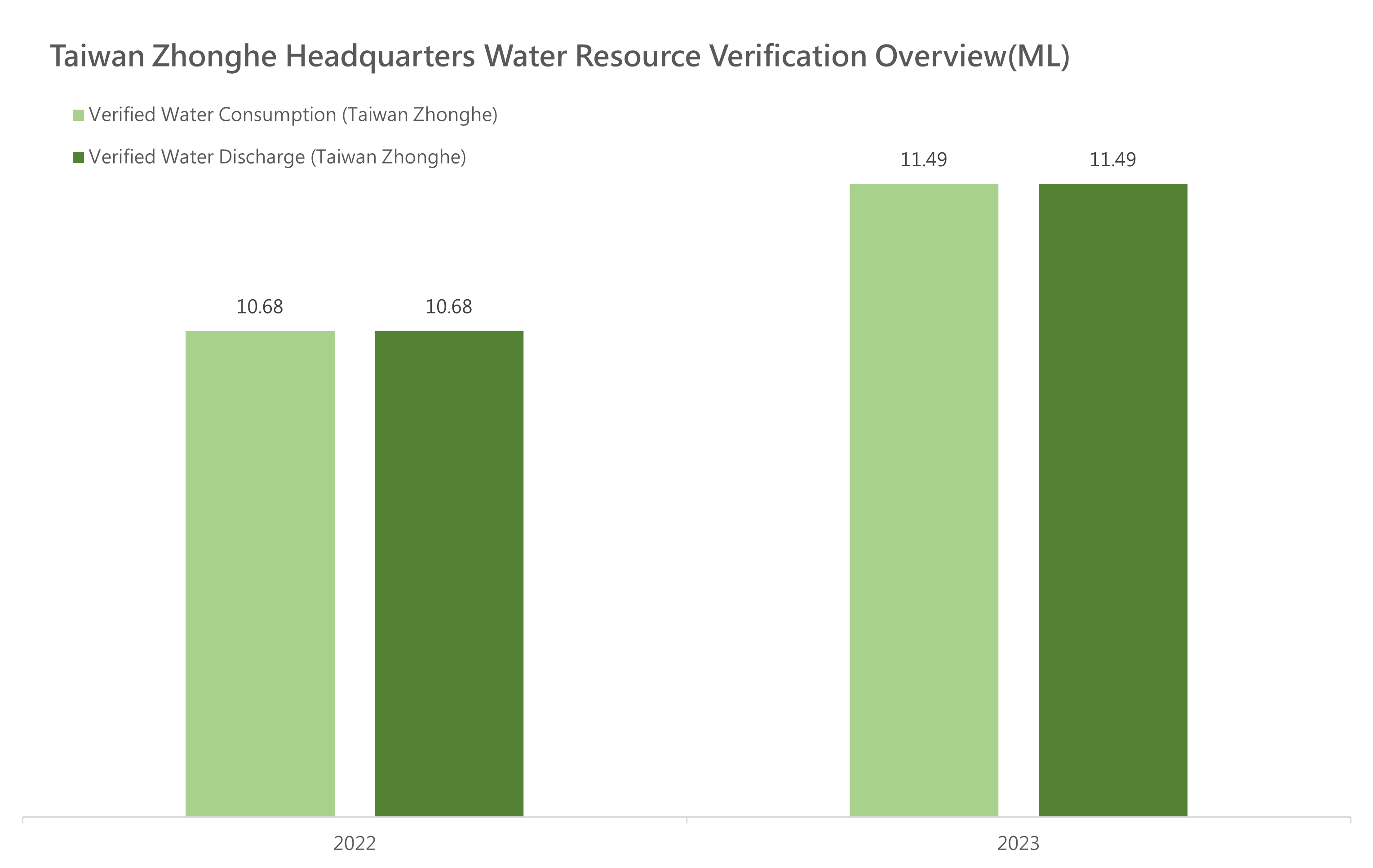As logistics operations is its most important operational activity besides integrated product sales and services, WT implements the low-carbon internal logistics operation strategy through four major logistics operation improvements. In addition, with regard to the transportation carbon reduction emissions strategy, it has also begun to evaluate the feasibility of green transportation.
Updating warehouse equipment to improve energy efficiency
As 3C products must be stored in a constant temperature and humidity environment to maintain their quality and performance, a 3C product warehouse must be equipped with appliances such as air conditioners, dehumidifiers, etc. WT continues to introduce and connect intelligent temperature and humidity monitors to AC controllers to reduce energy consumption.


Introducing advanced electronic systems for comprehensive paperless inventory management
WT has five logistics centers, located in Taiwan, Hong Kong, Shenzhen, Singapore, and South Korea. When a purchase order is placed, the shortest footprint across the supply chain as well as the respective demand and inventory of these locations are taken into account by the system to determine and designate a logistic center for the vendors to ship to.
An advanced logistics system has been deployed to all the logistics centers to achieve paperless electronic operations, while handheld devices are used to scan product and storage placement barcodes for all warehouse handling including receiving, shipment, and relocation. Accounting and location is updated in real-time by the system, replacing the significant amount of paperwork that it used to involve.


Largely cutting paper use by shipment consolidation and electronic procedures
In addition to requiring vendors to ship goods to designated logistics centers, WT also works with customers to consolidate purchase orders for shipment whenever possible to minimize transportation trips and carbon mileage. In 2023, order consolidation reduced the number of shipments by nearly 250,000, or 56.65%. Among them, the Shenzhen logistics center serves a relatively small number of customers and thus has difficulties in consolidating shipment orders.

Buying less new cartons and filling materials by reusing packaging cartons
Through the integrated management of sales orders and purchase orders, some received products can be shipped out in full boxes. They will be put into storage in their original packaging without unpacking. No waste will be generated. If repackaging is necessary, the removed cartons and all the fillers within will be collected upon receiving process. The cartons will be classified as “eco-friendly cartons” for reuse. For shipment packaging, recycled cartons will be used whenever possible to reduce the use of new cartons. The fillers used to protect the products in the cartons are made of bio-degradable materials.
In 2020, Taiwan and Hong Kong began to keep track of the amount of fillers used (in meters). An average of 0.21 meters of fillers were used per carton in 2023, down by 43.24% from 2020. The unit usage in 2023 increased slightly from 2022, because a new standard packaging and filling procedure was introduced to meet customers' request for better product protection. Singapore and South Korea Logistics Centers do not purchase fillers, as the goods received at the two locations are shipped out in full boxes to single customers, and do not require repackaging.
WT continues to cut down on packaging materials with efforts including using paper pallets whenever possible for loading products in warehouses and shipments, reducing the usage of fillers, and always using renewable packaging materials for logistics operations. Newly purchased cartons also adopt the principle of minimal printing, with only stacking and transportation precautions marked and no additional graphic or text printed. In 2023, the use of recycled cartons for packaging and shipment in original boxes reduced the use of new cartons by 72.55%, or reduced CO2 emission by 1,398 tonnes based on a new carton's carbon footprint.

There are two causes of the slight increase in the use of new cartons in 2023: 1) For inventory level control reasons, the logistics centers scrapped some sample products that were no longer needed. Most of them were in small electrostatic bags and needed to be put into boxes; 2) Customers placed consolidated orders more often in 2023, resulting in the need to unpack and repackage goods purchased from vendors, and the increase in carton consumption from previous years.












































